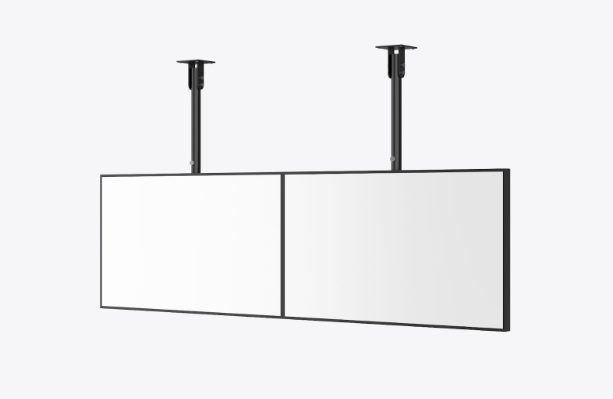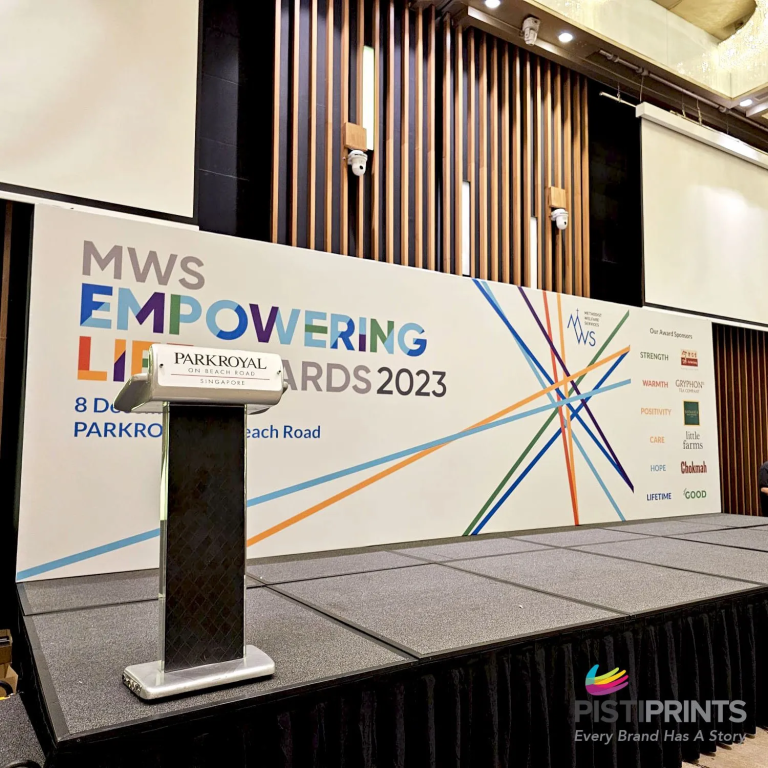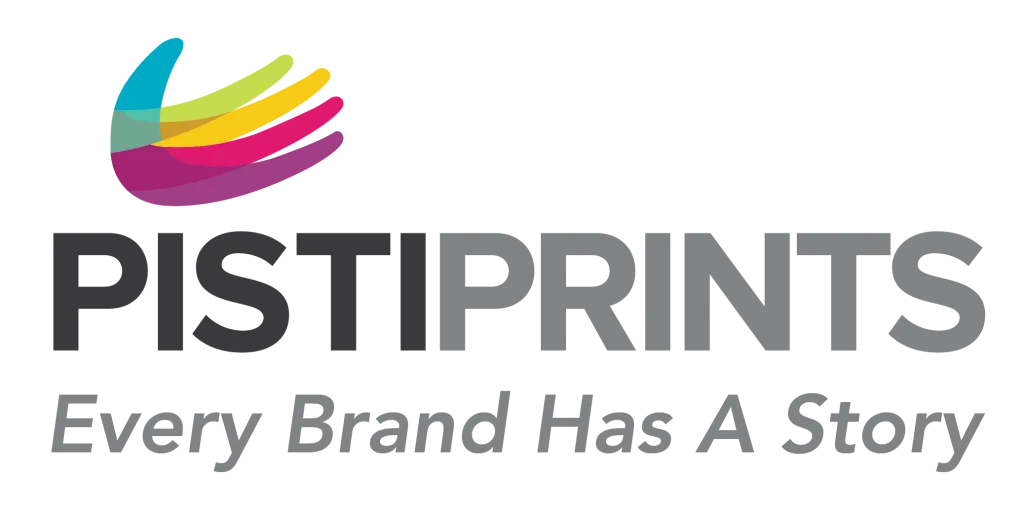As the sun sets on the bustling streets of Urban Singapore, the city comes to life in a spectacle of light. A significant part of this transformation can be attributed to the creative use of lightbox signage. These illuminated panels serve as beacons, guiding both locals and tourists through Singapore’s vibrant neighbourhoods and shopping districts.
Lightbox signage is an increasingly popular choice for businesses in urban settings due to its effectiveness in capturing the attention of passers-by. These lighted signs can be seen from far distances, making them excellent tools for advertising and brand visibility. In Singapore, where space is at a premium, maximizing the impact of a business’s presence is crucial, and lightboxes offer a sleek and efficient solution.
Lightbox Signage Illuminating Urban Singapore:
What sets these illuminated signs apart from other forms of outdoor advertising in Singapore is their versatility. They come in various sizes and can display anything from complex graphics to simple text messages. The use of LED technology in these lightboxes has further enhanced their appeal. LEDs are known for their long lifespan and energy efficiency, making them a cost-effective option for continuous night-time use. This is especially important in a forward-thinking city like Singapore that values sustainable practices.
Furthermore, lightbox signage in Singapore often reflects the city’s reputation for design excellence. Many signs are not only functional but also visually captivating pieces that contribute to the urban aesthetic. They offer a harmonious balance between a city’s commercial needs and its dedication to creating engaging spaces for people. Another reason why lighted signs are favored in Singapore’s urban landscape is their durability in various weather conditions—a necessary feature given the region’s tropical climate with frequent rain showers. Lightbox signs aren’t just a staple for commercial spaces; they’re also embraced by public entities to showcase information and guide one’s journey, thus elevating the quality of public services and reinforcing Singapore’s reputation as an easily navigable metropolis.
Lightbox Signage Evolution: From Practicality to Aesthetics:

The journey of lightbox signage in Singapore began with its use for purely functional purposes. Storefronts, restaurants, and office buildings utilized basic back-lit signs to promote their names and services. The simplicity of design and lighting was aimed at ensuring legibility from a distance, making it easier for people to locate businesses during night or in poor visibility conditions.
However, as competition increased and technological advancements made customizations more accessible, businesses began to see lightbox signs as more than just functional tools; they became essential components of brand identity. Custom lightbox signs emerged as a way for businesses to differentiate themselves. Utilizing vibrant colors, intricate designs, and varying sizes, these signs were no longer just about conveying information but about creating an emotional connection with the audience.
The evolution continued with the incorporation of logos into these signs. Custom lightbox signs with logos transformed signage into iconic symbols that represented a business’s ethos and brand image. Companies poured resources into designing unique logos that could be illuminated and displayed in high traffic areas, ensuring that their brand was imprinted in the minds of passers-by.
Today’s lightbox signage in Singapore is not just about standing out amongst competitors; it’s a form of urban art that contributes to the visual culture of the city. Designers collaborate with businesses to create bespoke pieces that complement architectural features and enhance the ambiance of neighbourhoods. Artistic expression is now a key element in sign design, with concepts ranging from minimalist chic to avant-garde.
Furthermore, sustainability has become increasingly important in lightbox sign manufacturing. Eco-friendly LED lights have replaced traditional neon tubes, drastically reducing energy consumption without compromising on brightness or colour quality. These modern LEDs provide clear illumination while adding a layer of environmental consciousness to these display pieces.
Discover Singapore’s Best Lightbox Signage:
If you are in search of high-quality custom lightbox signs in Singapore, there are a few key pointers to keep in mind that will streamline your search.
- Seek sign companies with extensive portfolios demonstrating their expertise and diverse design capabilities, particularly in custom lightbox signs.
- Verify the company’s reputation through customer reviews and testimonials, which should reflect positive experiences and satisfaction with both service and product.
- Ensure the sign company’s location is convenient for practical support and service, accessible within various Singapore regions relevant to your business needs.
- Discuss with potential providers about customization possibilities to ensure the signage aligns with your brand identity and that they can offer unique, creative solutions.
- Inquire about the longevity of materials, maintenance expectations, and after-sales assistance to guarantee enduring quality in Singapore’s competitive landscape.
If looking for Lightbox Signage suppliers online, start with a Google search for “Custom lightbox signs near me”. This action will yield a variety of companies that specialize in the manufacture and design of lightbox signage. Another tip is to check out social media platforms like Facebook and Instagram. Here, suppliers often showcase their latest projects and client feedback. Looking at their portfolio, you can gauge the quality of their work and envision what your business could look like with one of their custom lightbox signs.
Summary:
Lightbox signs in Singapore stand out for their adaptability, eco-friendly LED technology, and aesthetic appeal that complements the city’s design reputation. These versatile signs have evolved from functional business markers to unique art forms reflecting brand identity and urban culture.










